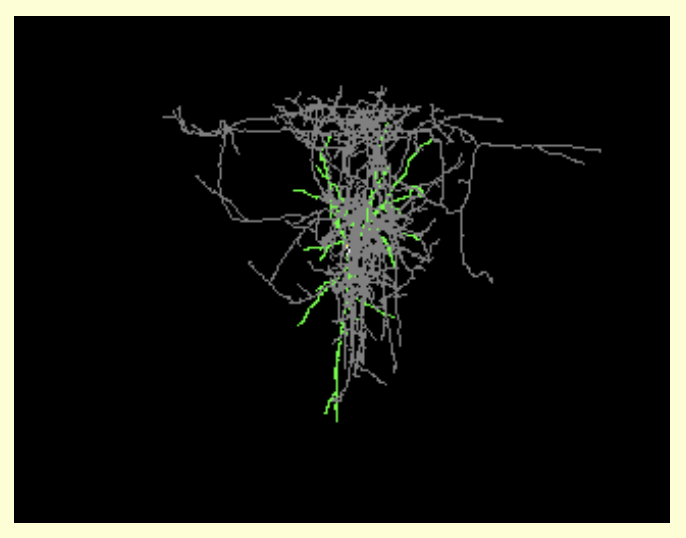URL: http://hollywood.mit.edu/burgelab/rescue-ese/
Proper Citation: RESCUE-ESE (RRID:SCR_008496)
Description: Specific short oligonucleotide sequences that enhance pre-mRNA splicing when present in exons, termed exonic splicing enhancers (ESEs), play important roles in constitutive and alternative splicing (ESE References). A hybrid computational/experimental method, RESCUE-ESE, was recently developed for identifying sequences with ESE activity. In this approach, specific hexanucleotide sequences are identified as candidate ESEs on the basis that they have both significantly higher frequency of occurrence in exons than in introns and also significantly higher frequency in exons with weak (non-consensus) splice sites than in exons with strong (consensus) splice sites. Representative hexamers from ten different classes of candidate ESEs, together with 6 or 7 bases of flanking sequence context on each side, were introduced into a weak (poorly spliced) exon in a splicing reporter construct. These reporter minigenes were then transfected into cultured cells, where they are transcribed and spliced, and the relative level of inclusion of the test exon was assayed by quantitative (radio-labeled) RT-PCR. Point mutants of these sequences were also analyzed to confirm the precise motifs responsible for ESE activity. The RESCUE-ESE approach identified 238 hexamers as candidate ESEs using a large database of human genes of known exon-intron structure containing over 30,000 nonredudant exons. In more recent analyses by Yeo et al., the RESCUE-ESE approach was utilized to predict hexamers as candidate ESEs in other vertebrate genes, namely, Fugu rubipes, Zebrafish and Mouse. This allows the identification of motifs that are conserved in vertebrates. This web server allows a sequence to be checked for presence of these candidate ESE hexamers.
Synonyms: RESCUE-ESE
Resource Type: portal, organization portal, database, data or information resource
Keywords: bio.tools, FASEB list
Expand Allis listed by |
|
is listed by |
|
has parent organization |
We found {{ ctrl2.mentions.total_count }} mentions in open access literature.
We have not found any literature mentions for this resource.
We are searching literature mentions for this resource.
Most recent articles:
{{ mention._source.dc.creators[0].familyName }} {{ mention._source.dc.creators[0].initials }}, et al. ({{ mention._source.dc.publicationYear }}) {{ mention._source.dc.title }} {{ mention._source.dc.publishers[0].name }}, {{ mention._source.dc.publishers[0].volume }}({{ mention._source.dc.publishers[0].issue }}), {{ mention._source.dc.publishers[0].pagination }}. (PMID:{{ mention._id.replace('PMID:', '') }})
A list of researchers who have used the resource and an author search tool
Find mentions based on location

{{ ctrl2.mentions.errors.location }}
A list of researchers who have used the resource and an author search tool. This is available for resources that have literature mentions.
No rating or validation information has been found for RESCUE-ESE.
No alerts have been found for RESCUE-ESE.
Source: SciCrunch Registry





